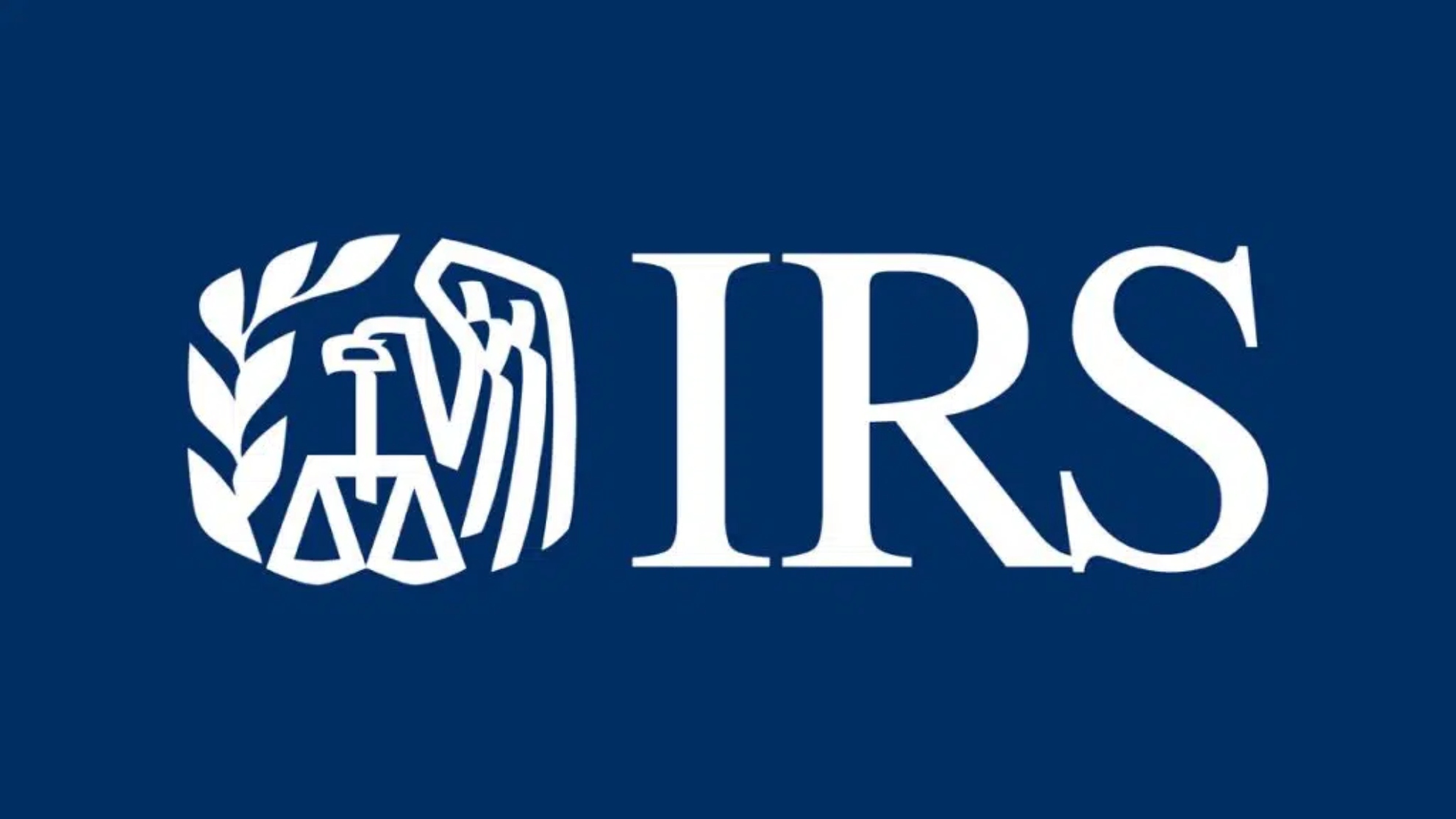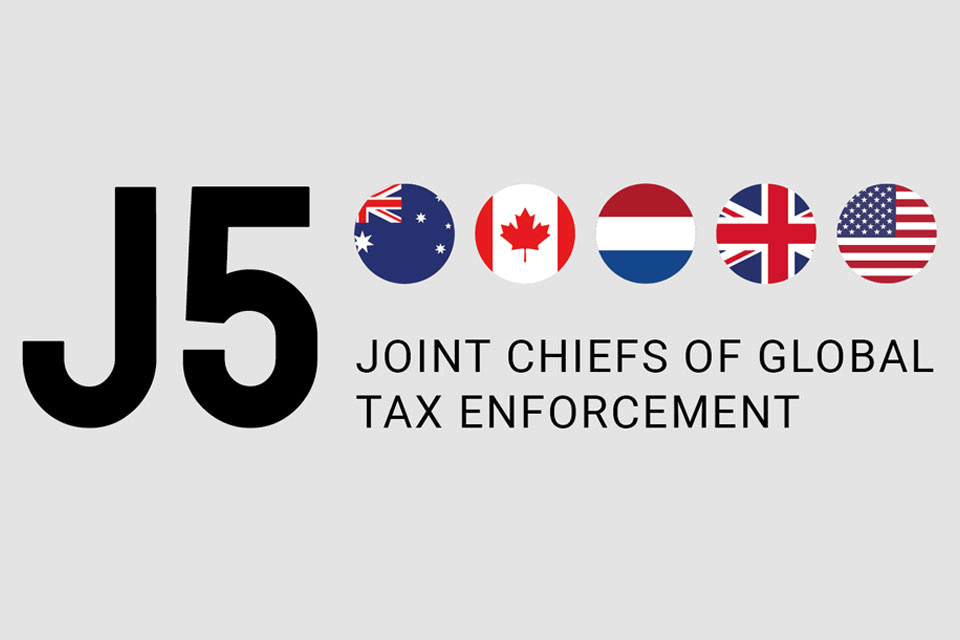On 17 June 2024, the Department of the Treasury and the Internal Revenue Service (IRS) in a release—FS-2024-21 issued a guidance on the inappropriate use of partnership rules to inflate the basis of the underlying assets without causing any meaningful change to the economics of their business.
As part of the larger IRS compliance efforts, the guidance relates to certain partnership transactions that the IRS believes generate inappropriate tax benefits.
Generally, these transactions may employ several steps over a period of years and use sophisticated tax technology to ensure that little or no tax is paid while large amounts of tax basis is “stripped” from certain assets and shifted to other assets to generate tax benefits.
These basis shifting transactions targeted in the new guidance generally fall into three groups:
- Transfer of partnership interest to related party: In this transaction, a partner with a low share of the partnership’s “inside” tax basis and a high “outside” tax basis transfers the interest in a tax-free transaction to a related person or to a person who is related to other partners in the partnership. This related-party transfer generates a tax-free basis increase to the transferee partner’s share of “inside” basis.
- Distribution of property to a related party: In this transaction, a partnership with related partners distributes a high-basis asset to one of the related partners that has a low outside basis. After this, the distributee partner reduces the basis of the distributed asset and the partnership increases the basis of its remaining assets. The related partners can arrange this transaction so that the reduced tax basis of the distributed asset will not adversely impact the related partners, while the basis increase to the partnership’s retained assets can produce tax savings for the related parties.
- Liquidation of related partnership or partner: In this transaction, a partnership with related partners liquidates and distributes (1) a low-basis asset that is subject to accelerated cost recovery or for which the parties intend to sell to a partner with a high outside basis and (2) a high-basis property that is subject to longer cost recovery (or no cost recovery at all) or for which the parties intend to hold to a partner with a low outside basis. Under the partnership liquidation rules, the first related partner increases the basis of the property with a shorter life or which is held for sale. In contrast, the second related partner decreases the basis of the long-lived or non-depreciable property, with the result that the related parties generate or accelerate tax benefits.















